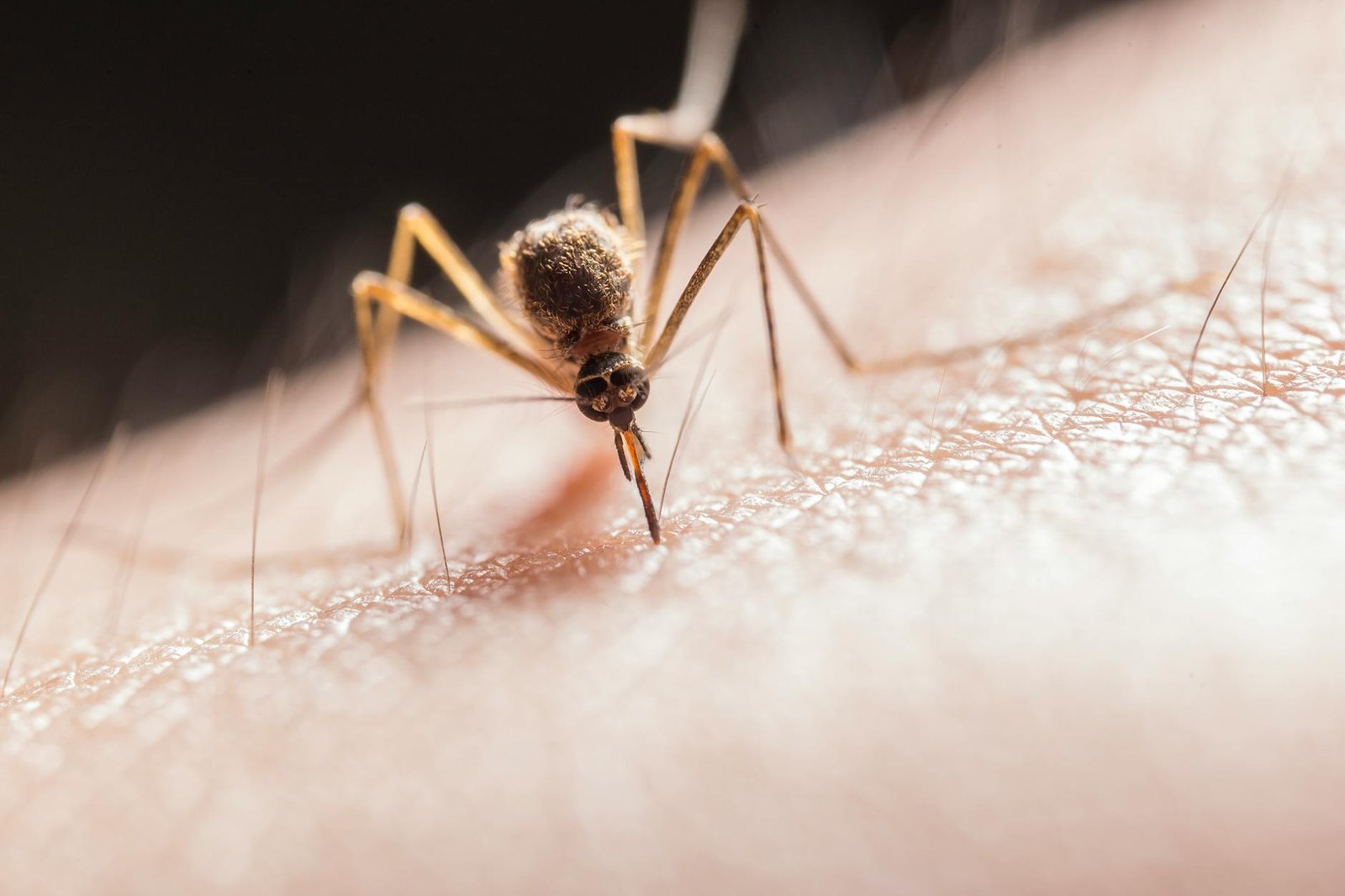With innovative strategies and robust policies, India achieves a significant reduction in malaria cases and mortality.
India has made remarkable strides in its fight against malaria, officially exiting the World Health Organization’s (WHO) High Burden to High Impact (HBHI) group in 2024. This achievement underscores the country’s commitment to the global malaria elimination agenda and highlights the effectiveness of targeted interventions and community-driven strategies.

Global Context: A Persistent Health Challenge
The World Malaria Report 2024 reveals that malaria remains a global health threat, with 263 million cases and nearly 597,000 deaths reported in 2023. While the burden is heaviest in Africa, India’s success story shines as a beacon of hope and a model for other nations battling the disease.
India’s Fight Against Malaria: Key Drivers of Success
India’s journey toward malaria elimination has been fueled by a combination of innovative strategies, robust policy frameworks, and grassroots engagement:
- Effective Vector Control Measures
The introduction of advanced tools such as dual-action insecticide-treated mosquito nets (ITNs) and targeted indoor residual spraying (IRS) has been pivotal. These measures, particularly effective against the urban mosquito Anopheles stephensi, have curbed transmission in densely populated areas. - Community-Based Interventions
Leveraging community health workers to deliver intermittent preventive treatment for pregnant women (IPTp) has significantly improved care access in high-risk regions. This aligns with WHO’s recommendations to ensure equitable healthcare delivery. - Vaccine Deployment
India has embraced WHO-recommended malaria vaccines such as RTS,S and R21, integrating them into routine immunization programs. These vaccines have already demonstrated their impact in reducing severe malaria cases and associated mortality among children. - Data-Driven Strategies
Advanced surveillance systems and data analytics have enabled authorities to identify hotspots and deploy resources efficiently, ensuring timely interventions.
Challenges on the Horizon
Despite its achievements, India faces ongoing challenges in sustaining its progress:
- Emergence of Drug Resistance: The global rise in resistance to artemisinin-based therapies, although not yet a significant threat in India, necessitates vigilance.
- Climate Change Impact: Erratic weather patterns and rising temperatures could lead to the resurgence of malaria in previously low-transmission regions.
- Urbanization: The spread of An. stephensi in rapidly growing cities calls for targeted urban malaria control programs.
Sustaining the Momentum
India’s commitment to malaria elimination remains unwavering. Key priorities for the future include:
- Expanding real-time surveillance to detect and preempt potential outbreaks.
- Ensuring equitable access to preventive tools and treatments in underserved areas.
- Investing in research and innovation for new vaccines, insecticides, and diagnostic methods.
A Global Example
India’s success story serves as an inspiration for other malaria-endemic countries. With increased domestic funding and robust international collaborations, the nation has demonstrated how political will, community engagement, and technological advancements can transform public health challenges into victories.
As the world inches closer to its goal of malaria elimination, India’s achievements reaffirm the importance of sustained efforts, innovation, and global solidarity. The fight against malaria continues, but with milestones like this, a malaria-free future appears within reach.








